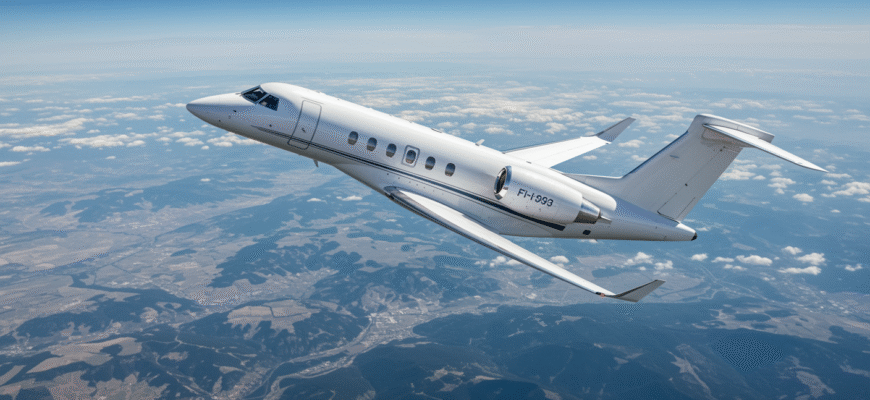Thinking about booking a private jet to or from Portugal in the current year? Might want to put down the brochure with champagne bubbles and take a real look at what you’re getting into. Yes, there’s total privacy, last-minute getaways, no TSA lines—but also price tags that hit harder than a luxury tax audit. Most jets touching down in Portugal aren’t even locally owned. Between hourly rates that spike without warning, weird little airport rules, and the hidden costs that sneak up like Wi-Fi fees at five-star hotels, passengers with deep pockets still find themselves caught off guard. This isn’t your average jet-set fantasy—it’s logistical gymnastics for the seriously wealthy. Here’s what it really looks like.
What You Really Pay To Fly Private In the current year
Hourly charter rates don’t leave much room for “budget friendly.” In the current year, expect to see base prices shaped by the jet’s size and range. Here’s a quick look at typical market rates:
| Jet Type | Hourly Charter Rate (USD) |
|---|---|
| Light Jets | $3,500 – $4,800 |
| Midsize Jets | $4,800 – $6,000 |
| Heavy Jets | $8,500 – $10,500 |
| Long Range or VIP Jets | $12,000 – $30,000 |
If you’re booking something like a VIP-configured airliner—think custom bedrooms and staff on standby—you could be dropping $25K to $30K per hour. Flying from Lisbon to Dubai for an event? That could run into six figures before snacks even hit the tray table.
Wondering how people manage to cut those numbers down? One answer: empty legs. These are repositioning flights—basically jets flying back empty after completing a charter. They’re sometimes offered at 50–75% off, but you lose control over timing and routes. Great if your plans are flexible. Terrible if you need precision.
Beyond hourly costs, most flyers forget the “side extras”:
- Repositioning fees when the aircraft isn’t already near Portugal
- Overnight crew stays, which can mean luxury hotels in Lisbon or Porto
- Handling and airport fees, which vary drastically by terminal and season
These line items can pile up to several thousand dollars—per leg.
Where Private Jets Can Land In Portugal — And Where They Can’t
Lisbon’s main airport (Humberto Delgado) is a magnet for commercial chaos. Slot restrictions there are no joke. Even private flights get bumped or delayed, especially during peak travel seasons or big events. You might expect a red carpet, but sometimes you’re just stuck circling over the Atlantic.
That’s why the smart money—and a lot of hush-hush clients—is eyeing airports like Cascais (CAT), Beja, and Évora. Cascais may not look like much from the outside, but it’s become a top pick for those craving speed, privacy, and less bureaucracy. Beja’s long runways originally designed for military use make it perfect for large jets and VIP airliners, while Évora offers a quieter, controlled setting that rarely makes the news—but regularly lands billionaires.
Away from the spotlight are tiny municipal airfields dotted across Portugal’s countryside. These may not have champagne lounges, but they offer what some clients value most: no paparazzi, no press, and almost no paperwork.
Portugal’s Sky Laws For The Ultra-Rich
Most jets flying in and out of Portugal aren’t Portuguese. That’s because of EU cabotage laws, which limit the ability of foreign-registered aircraft to carry domestic passengers unless the flight has an international leg. So many flights take meaningless detours—sometimes a 30-minute hop into Spain—just to stay legal.
If you’re not the owner of the aircraft, pay attention to the guest list. EU laws define “commercial” flying in tricky ways. Sometimes, just having a business colleague on board without the right paperwork can void insurance—or worse, bring fines.
There’s also a gray line in Portugal’s enforcement of private vs. commercial usage. While some operations are looked at under a microscope, others slide quietly under radar—literally. Legal advice is key, especially for frequent flyers.
Why So Many “Portuguese” Jets Have Malta, Isle of Man, or N-regs
Ever boarded a jet in Cascais and noticed the reg tail says “9H-” or “N-” instead of a Portuguese prefix? That wasn’t a mistake. That’s strategy. Many owners stick their private jets on registries like Malta, Isle of Man, or even the US (N-reg) because of three main reasons:
- Lower taxes or smarter structures: Malta, for example, is popular for VAT advantages on aircraft leasing. It just… costs less.
- Lenient maintenance regimes: It’s a lot easier to keep a jet flying (and customize the cabin) when you’re not tied to ultra-tight EU regs.
- Operational freedom: A jet with an N-reg has easier Global Entry access in the US, and often fewer routing roadblocks across international borders.
Here’s the kicker—owners can legally design offshore structures via trusts or lease agreements. As long as you declare usage correctly, and taxes where due, you’re in the clear.
When you step into a jet that’s G-registered (UK) versus an EC-registered (Spain or Portugal), expectations shift. G-regs often feel more corporate; EC-regs tend toward private family aircraft. Not a rule, just a vibe.
Red Tape & VIP Flex: What Happens Before You Even Take Off
Think customs is only a big deal when flying commercial? Not quite. Portugal’s SEF and Receita Federal do check private flights—especially international arrivals. They don’t always show their face, but when they do, be ready with passports, entry proofs, and sometimes even cargo checks.
Bringing your teacup Pomeranian? A French bulldog in a Gucci crate? Or your falcon? Special permits apply. Portugal enforces EU-level protections for animal transport—so exotic pets, weapons, or even rare cultural goods face heavy scrutiny. Calling ahead is not optional.
Jet etiquette isn’t just dressing nice. If your manifest looks shady—wrong DOBs, misspelled names, or missing customs info—your aircraft could be denied access or delayed. And no, “they’re a friend” doesn’t fly, literally.
Plane, Pilot, Problems: Who’s Actually in Control?
Got your favorite crew who flies with you everywhere? Nice. But know this—personal crews act like household staff with wings. Charter flight staff often answer more to the operations center than to you. Different power dynamics.
Say you want to swap your landing from Lisbon to Faro mid-flight. Your pilot may say “no.” Not out of stubbornness, but due to airspace slots, customs clearance, or runway weight limits. It’s their call to follow safety protocol over whim.
Let’s say there’s a weather pop-up, and you’re re-routed to Madrid. If your luggage gets lost or your art cargo takes a hit—who takes the blame? Look into your charter contract. Liability, believe it or not, isn’t always theirs.









